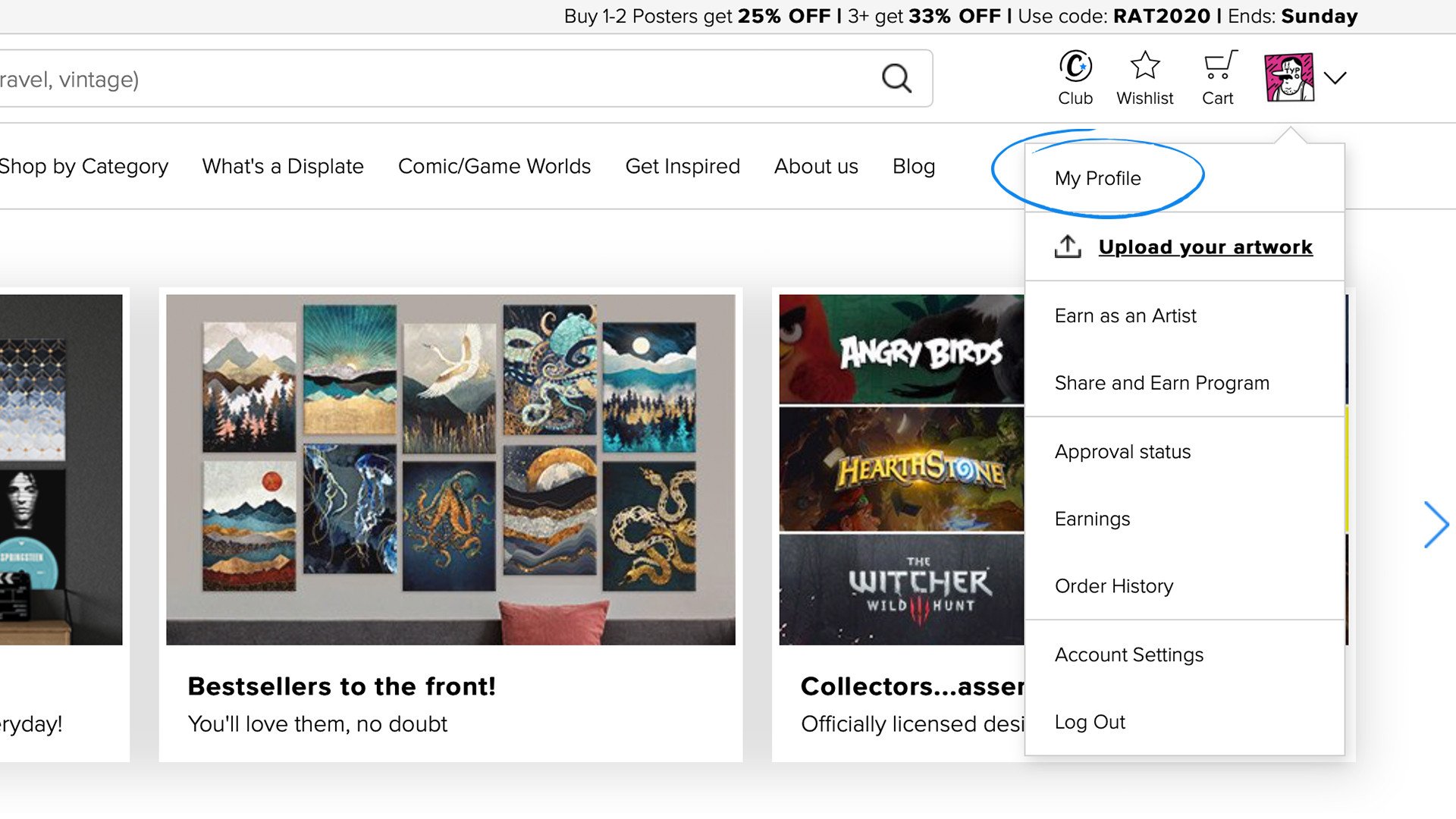

- Try print artist 25 cracked#
- Try print artist 25 serial key#
- Try print artist 25 serial#
- Try print artist 25 plus#
- Try print artist 25 free#
Print Artist 25 Platinum Crack Torrent - 14. 1a1b18d4e8 49 Print Artist Platinum 25.0.0.6 (148 Mb) is providing users with all the tools to create and print greeting cards, invitations, calendars, letters, .
Try print artist 25 cracked#
Cdma Workshop 2.7 Full Cracked Rar Filestube - 12. What happened to the "Railing Tool" in Archicad 14 AND in Archicad 12? it's shows. At Night Purple Disco Machine Extended Remix Â
Try print artist 25 serial#
Crazy Machines 2: Back to the Shop Add-On Torrent Download [Crack Serial Key. #BEST# Print Artist 25 Platinum Crack Torrent - 14.
Try print artist 25 free#
Audiobook Ba圜ross the Line - Jack Patterson audiobook torrent free download.
Try print artist 25 serial key#
Adobe Photoshop CC 2019 Crack + Serial Key Torrent Free Download. Find more subreddits like r/Pikabu - Welcome to the Russian side of Reddit, comrades.
Try print artist 25 plus#
, 14:10 - Microsoft Office Professional Plus 2010 SP1 Microsoft Office 2010 SP1 VL. This silver wreath by Wales-based artist Junko Mori is an example of stunning craftsmanship, where unyielding metal is cast as tender spring petals.Print Artist 25 Platinum Crack Torrent - 14Ģ1 files 16. You can get to know some of these talented women in Female Artists You Should Know, Famous Female Painters, and Japan's Most Popular Female Manga Artists! You can also visit Kusama’s public works in person, wherever you are in the world: Where to See Yayoi Kusama’s Art. There are an unprecedented number of professional women working in the creative fields, and established artists such as Yayoi Kusama have paved the way for young female artists to thrive. From manga and fashion, to digital sculpture and photography, the accepted disciplinary boundaries are being broken down to make new ways for artistic and social autonomy.Īrtistic autonomy rings especially true for the emergence of new Japanese women artists. Pioneering artists today move swiftly between artistic mediums to express their uncompromising visions. Japanese contemporary art in the 21st century reflects its creators’ conscious efforts towards innovation and experimentation. To learn more, see What is Zen Art? An Introduction in 10 Japanese Masterpieces. Zen, another Chinese import, was developing into a rigorous philosophical system, which began to make its mark on all forms of traditional Japanese art. Classic stories such as the Tale of Genji can be seen throughout Japanese art, as you can appreciate in these 10 Must See Masterpieces.Īs direct links with China dissipated during the Heian period, yamato-e became an increasingly deliberate statement of the supremacy of Japanese art and culture. Here are some other Things You Should Know about the Inari Fox in Japanese Folklore! Themes of Japanese literature and mythology began to predominate. One animal that is often seen in Japanese art is the kitsune, or fox. Japanese long-tail birds were often substituted for the ubiquitous Chinese phoenix, for example, while local trees and flowers took the place of unfamiliar foreign species. The creation of an independent Japanese art style, known as yamato-e (literally Japanese pictures), began in this way: the gradual replacement of Chinese natural motifs with more common homegrown varieties. This veneration for the natural world would take on many layers of new meaning with the introduction of Chinese styles of art – along with many other aspects of Chinese culture – throughout much of the first millennium. The centrality of nature throughout Japanese art history endures today, see for example these 5 Authentic Japanese Garden Designs.

An image of a natural scene is not just a landscape, but rather a portrait of the sacred world, and the kami who live within it. In Japan, therefore, nature is not a secular subject. To learn more about the Shinto religion, check out What are Shinto Shrines! At its core, Shinto is the reverence for the kami, or deities, who are believed to reside in natural features, such as trees, rivers, rocks, and mountains.

Before Buddhism was introduced from China in the 6th century, the religion known today as Shinto was the exclusive faith of the Japanese people. Nature, and specifically mountains, have been a favorite subject of Japanese art since its earliest days.


 0 kommentar(er)
0 kommentar(er)
